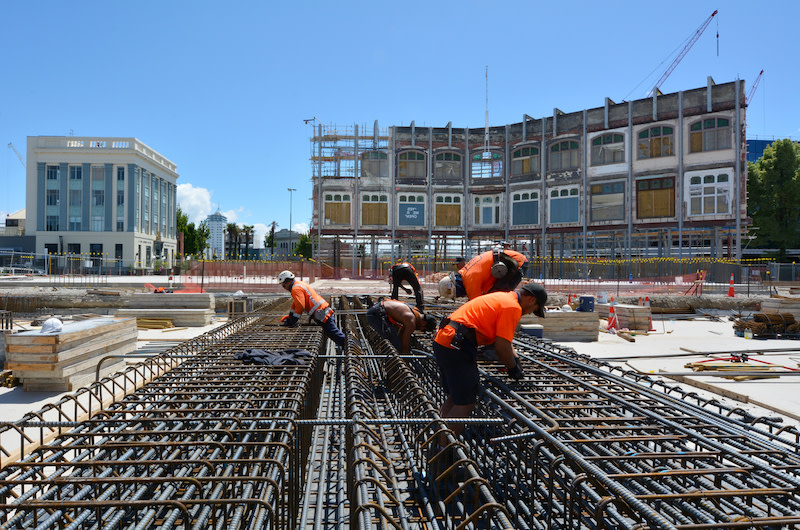Three Global Trends Reshaping Australian Construction in 2022

After two years of a pandemic, the outlook for the construction industry has taken a positive turn.
The Biden administration in the US has an ambitious infrastructure plan in place, the EU aims to be climate-neutral by 2050 and many Asian countries are focused on addressing housing shortages.
These worldwide agendas mean construction is the way forward. Many economists even predict the global economy will rebound to around 4.5 percent of global GDP growth for 2022.
Procore’s 2022 APAC Construction Forecast reveals building smarter, with a focus on construction quality and the use of technology, are key messages looking forward.
Here are three key trends for the industry that are here to stay and how countries across Asia Pacific are embracing them.
Digitalisation
New Zealand is embracing digitalisation of the building industry.
Digitisation will help smaller building businesses better manage their projects.
Costs of building materials and contractors will be more accurately quoted.
Site inspection requirements will be streamlined, improving transparency, and reducing the amount of rework on projects.
The Kiwis are also looking at innovative ways of using BIM (Building Information Modelling), such as for OH&S.
Singapore is placing a renewed emphasis on digital tools and platforms. Digital tools could be used to improve efficiency, design and assure the quality of projects.
The Philippines is also using technology to streamline its processes, such as implementing digital payment platforms and digitised licensing.
Hong Kong is supporting a range of innovations, including BIM, Modular Integrated Construction, robotics and even digital systems for supervising works.

Sustainability
Incorporating sustainability is not only good for the environment. It could also address labour shortages and rising wages while reducing expensive construction waste.
New Zealand is increasing the use of prefabrication and modular construction, which is a more sustainable way of building.
The Philippines is also streamlining supply while reducing waste. Product innovations like low-carbon concrete and digital technology are used to optimise building design.
Like the EU, the Malaysian government has also made a formal pledge to aim for net-zero carbon by 2050 or earlier.
This goal has created incentives for more sustainability in both design and construction. Malaysia’s CarbonScore Initiative helps designers and builders calculate both the embodied carbon and operational carbon of new and existing buildings.
Quality
The NSW Strata Hub is putting pressure on builders to increase the quality of their builds. This is through enforcing compliance.
Singapore is also increasing quality workmanship through a Quality Mark system. Developers register and make public the compliance and standard of their previous, current and planned projects. So, potential buyers now have transparent information on their build.
New Zealand and Malaysia are increasing the quality of workmanship through education, with targeted skills training for key trades.
It’s predicted that in Australia, major public infrastructure activity will approximately double over the next three years. Increased digitalisation, with a focus on quality and sustainability in the Australian building sector, can move us past the current materials and labour shortages to a more efficient future.
For more information on how APAC countries are planning their post-Covid construction recovery, download the Procore 2022 APAC Construction Forecast ebook.
The Urban Developer is proud to partner with Procore to deliver this article to you. In doing so, we can continue to publish our daily news, information, insights and opinion to you, our valued readers.













